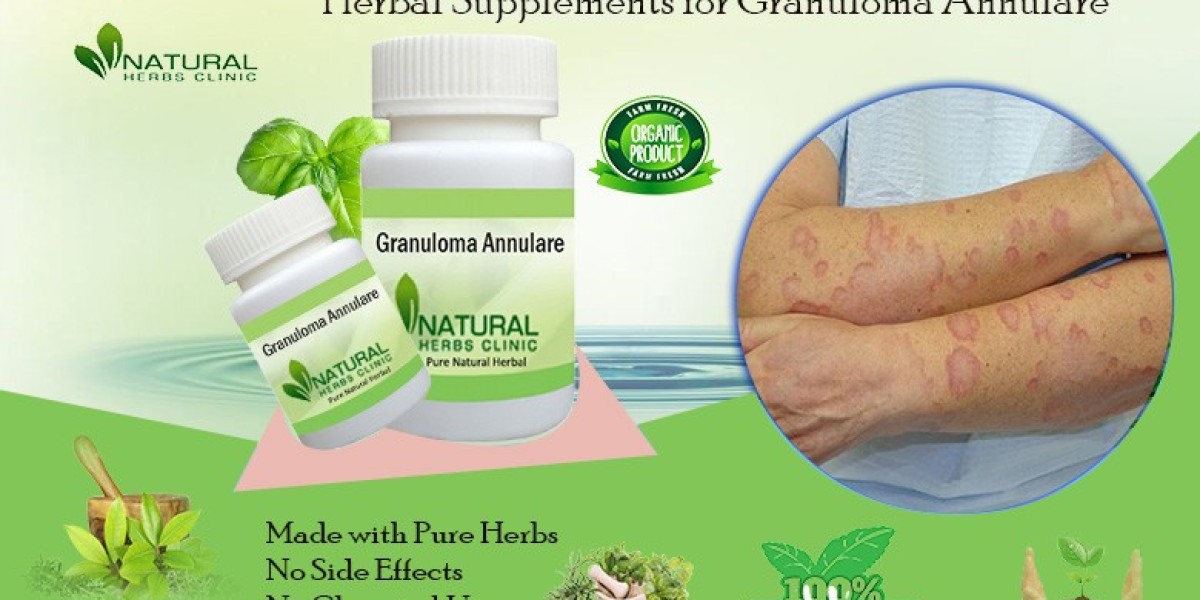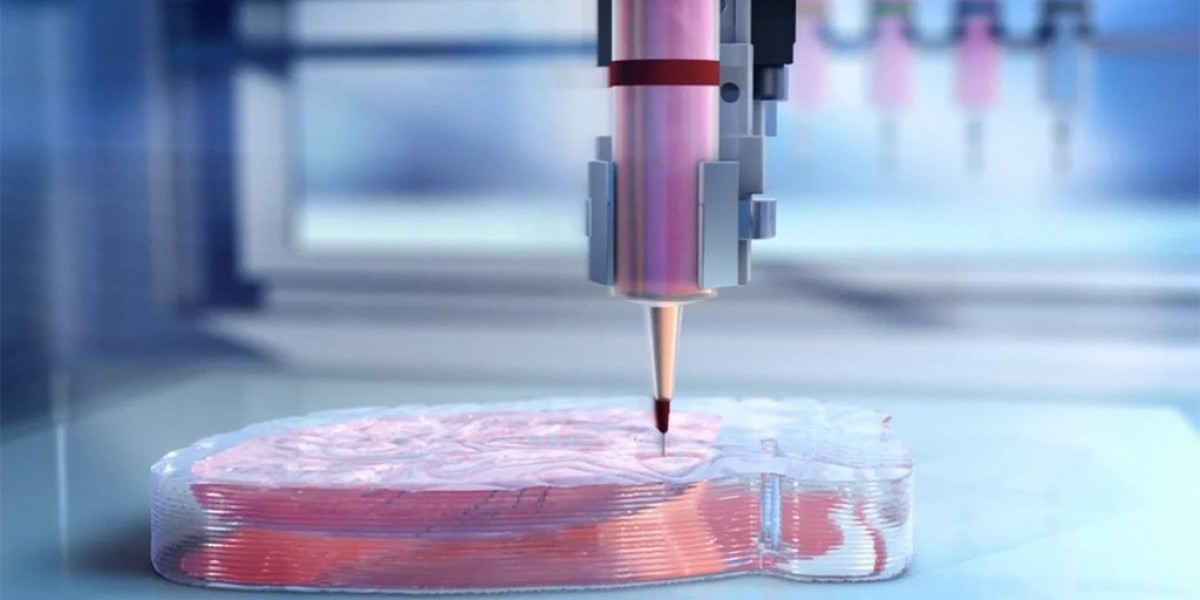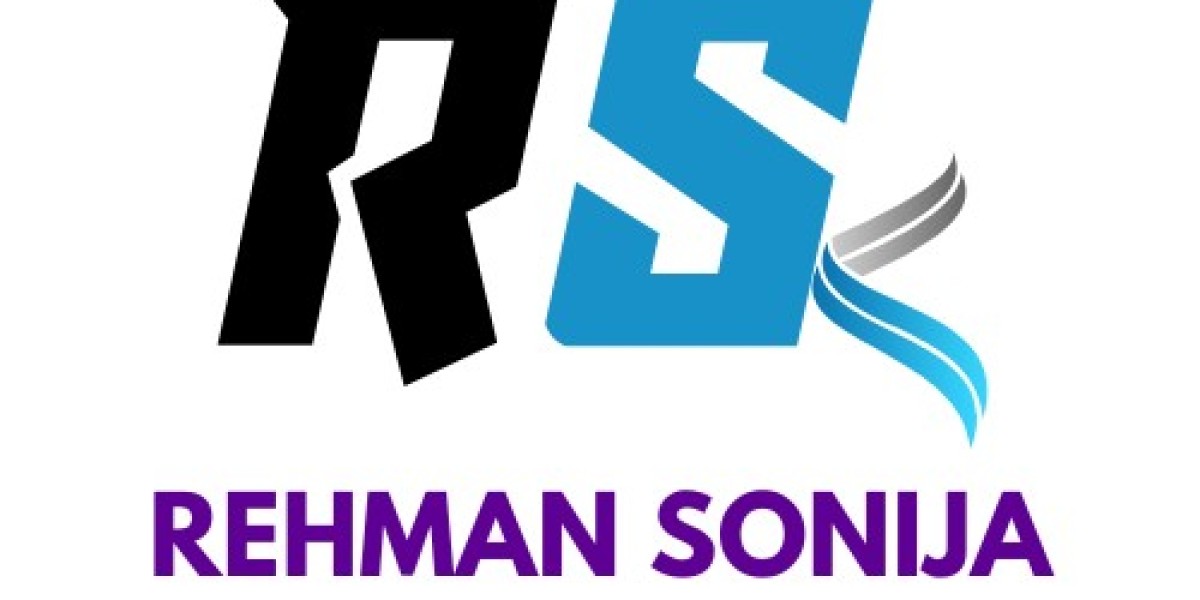Granuloma annulare is a benign skin condition characterized by raised, reddish or flesh-colored bumps that form ring-like patterns on the skin. Although the cause remains unclear, it's often harmless and resolves on its own over time. However, for those seeking faster relief, various treatments can help manage the symptoms. This guide explores the best treatment for granuloma annulare to alleviate discomfort and improve the appearance of the affected skin.
Granuloma Annulare
Granuloma annulare typically presents as circular patches of skin with raised edges, often occurring on the hands, feet, elbows, or knees. Though the exact cause is unknown, it is believed to be triggered by minor skin injuries, certain medications, or underlying health conditions such as diabetes. The condition is generally asymptomatic but can cause cosmetic concerns.
Top Treatments for Granuloma Annulare
1. Topical Corticosteroids
One of the best treatments for granuloma annulare involves the use of topical corticosteroids. These anti-inflammatory creams or ointments are applied directly to the affected area, helping to reduce swelling and the appearance of the lesions.
- How to Use: Apply the cream as directed by your doctor, usually once or twice a day, for several weeks.
- Effectiveness: It may take several weeks for visible improvement, and prolonged use may cause skin thinning.
2. Intralesional Corticosteroid Injections
For more stubborn or widespread lesions, intralesional corticosteroid injections can be effective. This involves injecting the steroid directly into the raised bumps, which can speed up healing.
- How to Use: Administered by a healthcare professional, typically on a monthly basis.
- Effectiveness: The results are faster than topical treatments, but repeated injections may be needed for complete resolution.
3. Phototherapy (Light Therapy)
Phototherapy uses ultraviolet light to treat granuloma annulare, especially for larger or persistent cases. This therapy involves exposing the skin to controlled doses of UV light, which can help diminish lesions.
- How to Use: Conducted in a clinical setting, phototherapy requires several sessions a week.
- Effectiveness: Effective for extensive cases, though multiple treatments are required over several weeks or months.
4. Cryotherapy
Cryotherapy, or freezing therapy, is another option for smaller or localized granuloma annulare. This treatment involves freezing the affected area with liquid nitrogen, which destroys abnormal tissue and stimulates skin regeneration.
- How to Use: Performed by a dermatologist in a clinical setting.
- Effectiveness: While effective, cryotherapy may cause temporary skin discoloration and scarring.
5. Oral Medications
In some cases, oral medications such as antibiotics, antimalarials, or immunosuppressants may be prescribed for granuloma annulare. These are typically reserved for more severe or widespread cases that do not respond to topical treatments.
- How to Use: Taken as prescribed by a physician, usually over a course of weeks or months.
- Effectiveness: This approach is generally more effective for generalized granuloma annulare, but side effects must be monitored.
6. Laser Therapy
Laser therapy can target granuloma annulare by destroying the abnormal skin cells responsible for the lesions. Various types of lasers, including CO2 and pulse-dye lasers, can be used depending on the severity of the condition.
- How to Use: Treatment sessions are conducted in a dermatologist's office.
- Effectiveness: Laser therapy is often effective, but multiple sessions may be required.
7. Natural Supplements
Although there is limited scientific evidence supporting the use of natural Supplements for Granuloma Annulare, some individuals find relief using certain Best Herbal Supplements.
- Aloe Vera: Known for its soothing properties, aloe vera gel may help reduce inflammation and promote skin healing.
- Apple Cider Vinegar: Some people apply diluted apple cider vinegar to the lesions as a home remedy for its anti-inflammatory and antimicrobial effects.
- Tea Tree Oil: Tea tree oil is another natural option used for its antimicrobial properties, although caution is advised to avoid skin irritation.
8. Observation (Watchful Waiting)
In mild cases of granuloma annulare, no treatment may be necessary, as the condition often resolves on its own within a few months to a few years. Monitoring the lesions without active treatment is an option, especially if the condition is not causing any discomfort.
Best Treatment for Granuloma Annulare: Tailoring to Your Needs
The best treatment for granuloma annulare largely depends on the severity of the condition and how much it affects your quality of life. Mild cases may benefit from topical corticosteroids or watchful waiting, while more severe cases might require advanced therapies such as phototherapy or oral medications. Always consult a healthcare professional to determine the most appropriate treatment for your individual situation.
Conclusion
While granuloma annulare is generally a benign and self-limiting condition, there are several effective treatments available for those who wish to speed up recovery. From topical corticosteroids to advanced options like laser therapy, the best treatment for granuloma annulare will vary depending on the individual's specific case. Always seek medical advice to ensure the most effective and safe treatment option is chosen for you.








